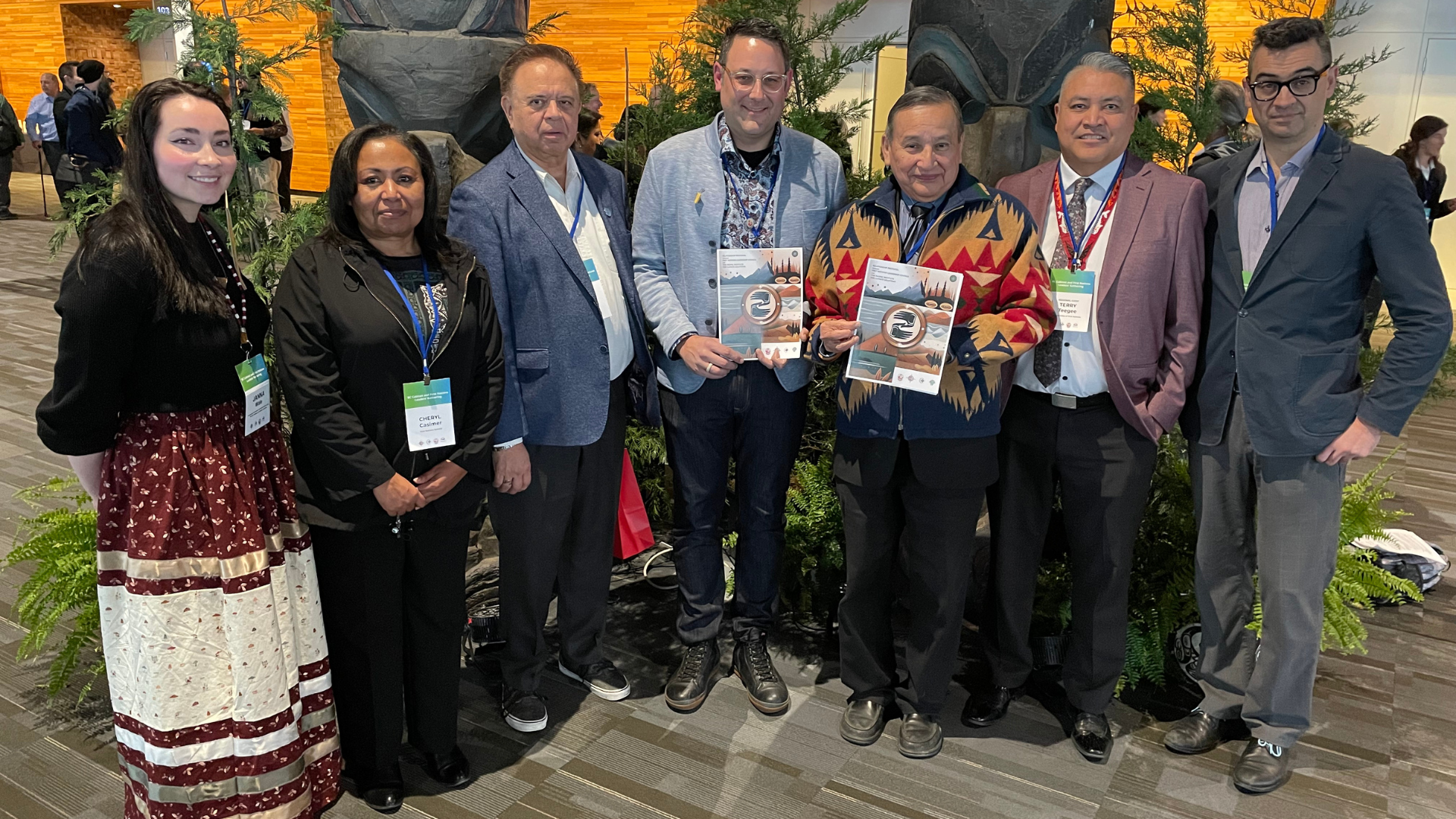By Richard Dal Monte

British Columbia’s rural and remote regions account for most of its land mass, dozens of communities and hundreds of thousands of people. Yet these areas and people are often overlooked in the public discussion on preparing for climate change.
A new $1-million, four-year research project funded by the Pacific Institute for Climate Solutions instead centres rural, remote and Indigenous communities and what they need to flourish despite climate challenges.
Climate Resilient Solutions in Rural and Remote B.C. is a partnership between researchers at PICS partner universities Simon Fraser University and the University of Victoria, along with colleagues at the University of Washington and University of Waterloo, and organizations that serve rural, remote and Indigenous communities: First Nations Housing and Infrastructure Council, BC Housing and Technical Safety BC.
“The focus of the project is on preparing communities, people and economies for the coming climate impacts,” says principal investigator Nancy Olewiler, an economist and professor in the School of Public Policy at Simon Fraser University.
The project team will work closely with rural and remote communities to find information and create tools that can lead to useful reforms to housing policy and safety regulations for technical safety within buildings, such as electrical and mechanical systems.
Those reforms, in turn, would aim to make housing and systems more resilient, reduce greenhouse gas emissions and lessen climate impact risks in those communities.
The project team will be hosting a workshop for rural and remote First Nations in May to introduce the research goals, explore shared interests, and help develop community partners for the pilot studies.
Preparing for rural and remote climate realities
While people living in urban centres feel the effects of climate change in heatwaves and extreme rains, Olewiler says, their remote and rural counterparts face a larger variety of risks— including wildfires, floods and landslides. These threaten lives, homes, and other buildings, as well as jobs and local economies — and smaller population centres may have less capacity to address their risks.
Critical to the success of the research, says project research partner David Bristow, an associate professor of civil engineering at the University of Victoria, “is the pairing of technical knowledge of partner organizations with local knowledge among rural, remote and Indigenous communities.”
Ian Mauro, PICS’ executive director, says: “This project is about building capacity and preparedness and adaptation… It’s a very timely project and ensures PICS is thinking critically and carefully with partners in these rural and remote areas.
“After years of these regions getting absolutely hammered by climate change, we know this is critical. But it’s also got to do with data, with public policy gaps, with vulnerability assessments… It’s got a broad and ambitious set of objectives,” he says.
Using many ways of knowing to create solutions
Marci McDougall, Technical Safety BC’s leader of Indigenous reconciliation and partnerships, says of the project: “We’ll be making discovery of what types of challenges communities are facing and then building strategy to ensure that we can look ahead and be proactive, instead of reactive, toward the changing landscape of climate interaction.
“People in remote communities spend so much time out in nature, and notice the small increments of change,” she says, “whether it’s where the water line is coming up to or how much snowpack is in the bush.
“There’s a lot of wisdom in those spaces, there’s a lot of wisdom that comes from Indigenous ways of knowing and being.”
Says Michael Sadler, executive director of the First Nations Housing and Infrastructure Council: “We know that there’s climate change happening. And we know we need to assist our Nations to create housing that’s resilient to that and responsive to that. So, our role is to disseminate information and act as an advisor to any process that is developed to address resilient housing.”
“This resilience is not new for Indigenous Peoples. We have been expert builders from time immemorial, constructing advanced technological solutions for our respective locations and climates,” says Sadler.
“One of my underlying goals for this project,” says Rod Hill, acting director, Indigenous relations, with BC Housing, “is to amplify the voices of Indigenous peoples, by enabling communities and community members to articulate, in their own words, the climate changes happening in their territory, and what measures they need to build resilience to address them.
“How do we build in a way so that what we build today will last into the 22nd century? Also, how can we ensure that not only the buildings but also the people are resilient in the face of these changes?” he says.
“Indigenous knowledge is a form of Indigenous science, and when we link that with academic scholarship and these organizations working in this space, we’re building knowledge that is holistic, integrative and respectful,” says PICS executive director Mauro. “And that’s what PICS stands for and will make a priority moving forward.
“If we don’t make sure all our communities have support in dealing with the challenges that climate change presents, then we are simply not doing our job to create a just society.”


